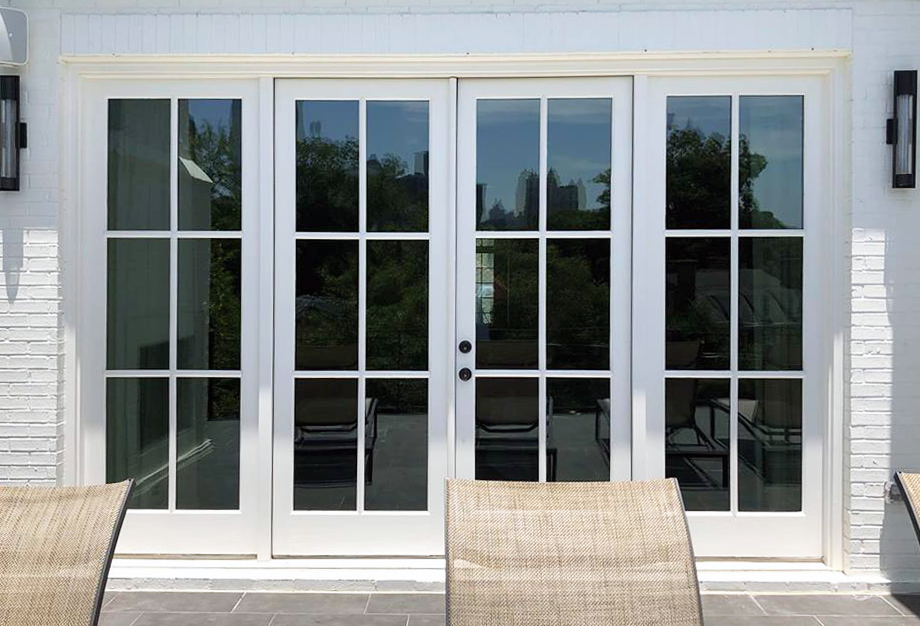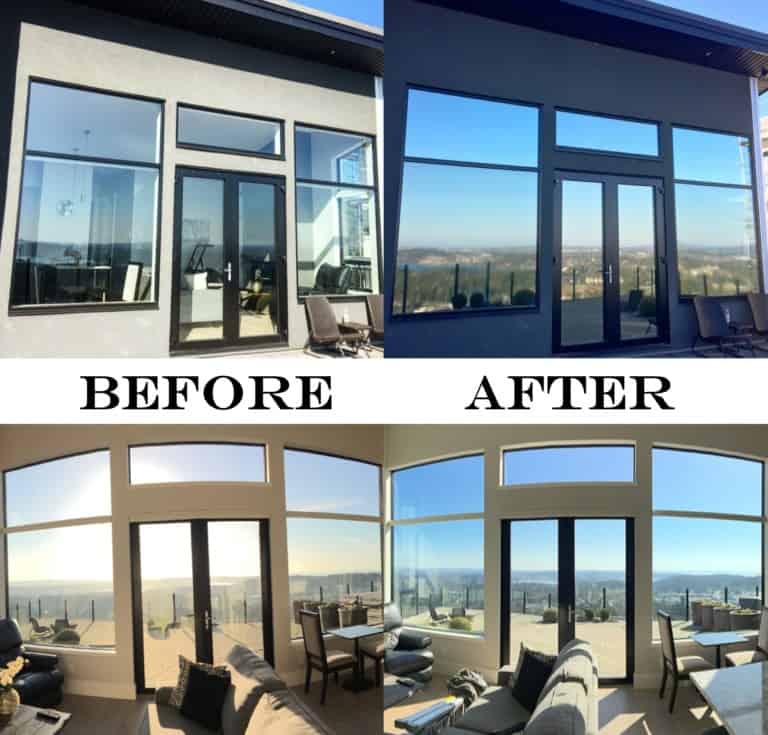Exactly How Residential Window Tint Can Lower Energy Expenses
Exactly How Residential Window Tint Can Lower Energy Expenses
Blog Article
How Residential Home Window Tinting Improves Your Home's Power Efficiency
Residential home window tinting provides an engaging option for homeowners looking for to improve power effectiveness within their space. By using specialized films to home windows, it efficiently lowers warm transfer, thereby supporting indoor temperature levels and minimizing the demand for extreme home heating or cooling. This not just reduces power usage but likewise supplies a much more comfy setting by mitigating glare. Nevertheless, comprehending the nuances of exactly how tinting jobs and selecting the suitable kind for your home can be pivotal. Strangely enough, what variables should one take into consideration prior to making this financial investment?
Comprehending Window Tinting
Comprehending window tinting is necessary for home owners looking for to boost both convenience and power performance in their living rooms. Residential Window Tint. Home window tinting entails the application of a slim movie to the interior or exterior surface of glass windows. This movie can significantly modulate the quantity of sunshine and warmth that goes into a home, therefore influencing indoor environment problems
There are numerous kinds of window tinting films available, each with distinct buildings. For circumstances, colored films absorb solar power, while reflective movies deflect it away from the glass surface. Ceramic movies offer an equilibrium of presence and warm being rejected, making them a popular selection amongst house owners. The efficiency of window tinting is frequently gauged by its Visible Light Transmission (VLT) percent, which suggests how much light can go through the movie.
Advantages of Energy Performance
Window tinting not just improves aesthetic appeals but additionally plays a considerable duty in enhancing power efficiency within household areas. By lowering heat transfer via windows, colored movies create an extra stable interior environment, which can result in substantial reductions in power intake for cooling and heating. This power efficiency converts right into lower energy costs, offering house owners with substantial long-lasting financial savings.

Furthermore, home window tinting enhances the comfort of living rooms. By lessening glare and obstructing unsafe UV rays, tinted windows create an even more pleasurable environment, which can bring about boosted well-being for occupants. The security against UV rays additionally assists maintain furniture and floor covering from fading, adding to the longevity of house items.
Just How Tinting Works
Tinting movies operate via a combination of innovative materials and modern technologies created to control the quantity of solar power going into a home. Primarily made up of polyester, these movies typically incorporate ceramic or metal particles that mirror and absorb heat. This twin capability enables them to significantly lower the penetration of ultraviolet (UV) visit rays and infrared radiation while permitting noticeable light to pass through.
The efficiency of home window tinting is measured by its solar warm gain coefficient (SHGC), which shows how much solar power is sent through the window. Reduced SHGC values are more effective as they represent greater warm denial. In addition, window tints can include a selection of shades, permitting property owners to tailor their visual choices while improving power effectiveness.
In addition, these films serve as a barrier, protecting against warmth loss during colder months by showing interior warmth back right into the space. This thermal insulation result complements the cooling benefits acquired during warmer months, adding to a balanced indoor climate year-round. By managing solar power successfully, household home window tinting not just boosts convenience yet additionally plays an essential duty in lowering power intake and decreasing energy expenses.
Selecting the Right Tint

There are various kinds of home window films offered, consisting of dyed, metalized, and ceramic. Colored movies are affordable yet may have limited longevity. Metalized films use far better heat being rejected yet can hinder electronic signals. Ceramic films give outstanding warm control without endangering visibility and are highly long lasting, making them a preferred choice.
Visible light transmission (VLT) is one more vital variable, as it shows the amount of natural light that can pass with the colored glass. House owners need to pick a tint with a VLT that enhances their lights choices while still providing adequate glow decrease.
In addition, analyzing the solar warmth gain coefficient (SHGC) can aid click this establish just how well a color can obstruct warm from sunlight. A lower SHGC shows far better warmth control, inevitably boosting energy effectiveness.
Setup and Maintenance Tips
Appropriate installation and upkeep are vital parts in taking full advantage of the advantages of domestic home window tinting. Professionals likewise make use of specialized techniques and tools, which can boost the resilience and you could try these out performance of the color.
Complying with setup, upkeep is essential to extend the life of the window film. It is suggested to wait at the very least 30 days prior to cleansing the colored home windows to permit the glue to cure fully.
Attending to these problems quickly can prevent further damages and preserve energy efficiency. By sticking to these setup and maintenance tips, homeowners can guarantee their home window tinting continues to provide substantial power cost savings and comfort for years to come.
Conclusion
In final thought, residential window tinting offers as an effective option for enhancing energy performance within homes. By decreasing warmth transfer and blocking dangerous UV rays, home window films add to decrease energy usage and boosted interior comfort.
Home window tinting entails the application of a thin film to the interior or outside surface area of glass windows. By decreasing warm transfer via home windows, tinted films produce an extra stable indoor environment, which can lead to substantial reductions in power intake for heating and cooling.The performance of window tinting is measured by its solar warm gain coefficient (SHGC), which shows how much solar energy is transferred via the home window. By managing solar energy efficiently, household home window tinting not only enhances comfort however likewise plays a crucial duty in lowering power intake and decreasing energy costs.
By reducing heat transfer and obstructing hazardous UV rays, window films contribute to lower energy consumption and enhanced indoor comfort.
Report this page